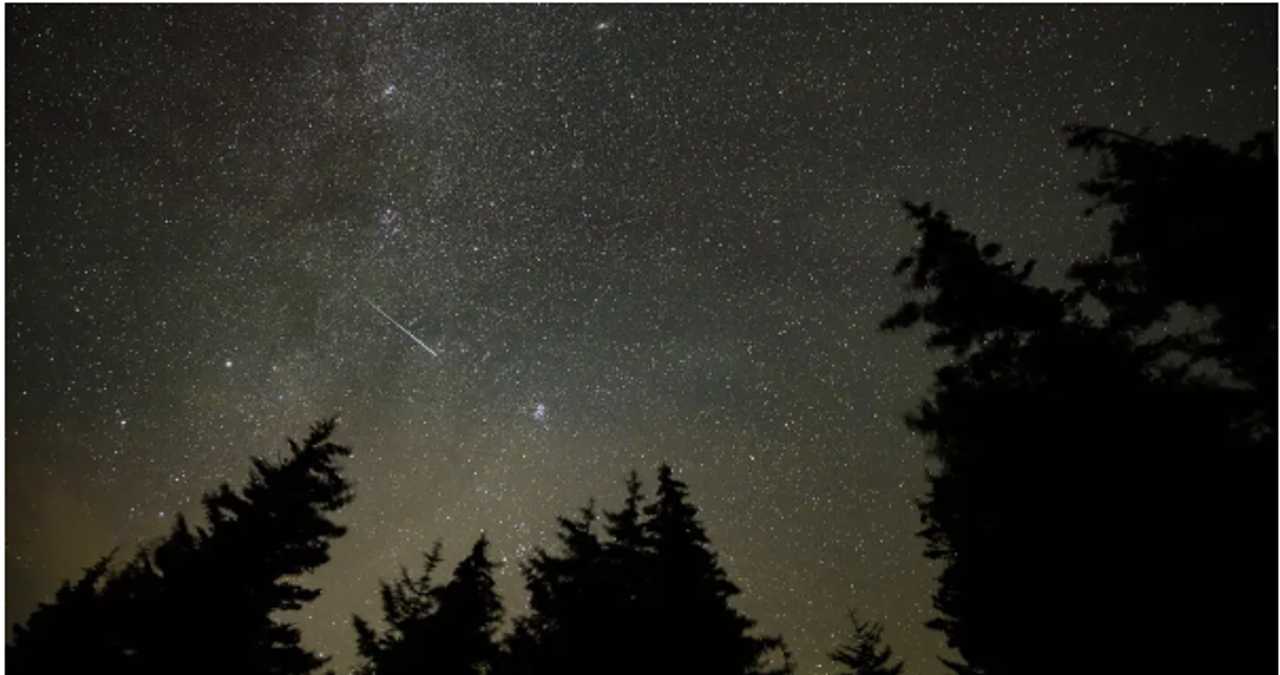
By Joe Lombardi From Daily Voice
Set your alarm and find a dark sky: the Perseid Meteor Showers hit their peak overnight, with bright fireballs likely even under a full moon.
The annual display happens as Earth plows through dusty debris shed by Comet Swift-Tuttle.
Peak activity is expected from about midnight to predawn Wednesday, Aug. 13. The highest activity is often observed between 2 a.m. and 3 a.m. local time.
A waning but still 84 percent full moon will wash out many faint streaks, trimming rates to roughly 20 meteors per hour versus the usual 60-plus.
Still, patient observers should catch a handful of long, bright meteors and occasional fireballs.
Viewing tips from NASA and veteran skywatchers:
- Go to the darkest site you can, away from city lights.
- Face northeast, lie back, and give your eyes 20 minutes to adapt.
- Skip binoculars; meteors are best with a wide, naked-eye view.
- Bring a lounge chair.
Under ideal, moon-free conditions, the Perseids can top 75 meteors an hour, one reason the shower is a summer favorite.
A bonus this year: Venus and Jupiter form a close conjunction at the same time, turning the mid-August sky into a compact lesson in planetary motion and cosmic dust.
If clouds intrude, don’t worry. The planets will remain within a few degrees of each other through the week, and the Perseids continue at lower rates until about Sunday, Aug. 24.
For the best chance at a show, watch after midnight when the radiant climbs higher and the moon begins to set.

 Daily Voice
Daily Voice
 The News Srtribune Washington State
The News Srtribune Washington State FOX 2 Now
FOX 2 Now FOX19 NOW
FOX19 NOW NBC News
NBC News Reuters US Business
Reuters US Business Gothamist
Gothamist New York Daily News Snyde
New York Daily News Snyde New Jersey Herald
New Jersey Herald THE CITY
THE CITY KCRA News
KCRA News Local News in D.C.
Local News in D.C.